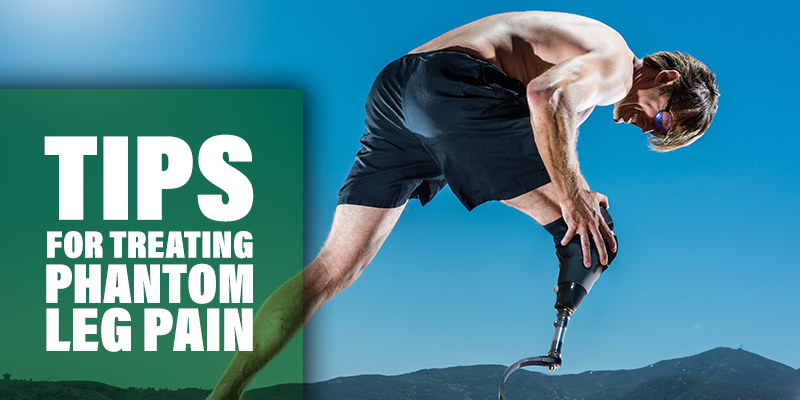Phantom limb pain is thought to be caused by mixed signals from your brain or spinal cord. There is no one way to treat the condition, so finding what works best for you is how you’ll solve your discomfort. These useful treatments have been known to help others, so we hope you will find one or a combination that will help you live more comfortably.
- Medication
Acetaminophen, non-steroidal anti-inflammatory drugs, antidepressants, anticonvulsants, beta-blockers, and muscle relaxants have been shown to help with different kinds of pain sensations. Speak with a doctor to see what is best for you.
- Acupuncture
By having a professional place needles into certain points on your scalp, pain can be relieved instantly. Acupuncture stimulates specific anatomic sites that promote the natural self-healing process of the body. Over time, patients have been known to be completely free of phantom limb pain.
- Mirror Therapy
By placing a mirror opposite of your existing arm or leg and hiding your residual limb, your brain can be tricked into thinking that both limbs are still present. This can help reduce pain that your brain is sending to your residual limb.
- Virtual Reality
Some virtual reality can be used to trick the brain into thinking that there is still another limb present. By seeing another limb instead of the residual limb, pain signals that are being sent can be stopped.
- Massage
Massaging the residual limb can reduce pain caused by phantom limb signals. By looking up pressure points and what areas to massage online, you can live more comfortably.
- TENS
Transcutaneous electrical nerve stimulation is the use of an electric current produced by a device in order to stimulate the nerves of your residual limb. The intensity of the pulse can help remind your brain that where your residual limb ends, is where your entire limb ends too.
It’s important to remember that these sensations generally improve over time and that there are many treatments available so it does not take over your life. Work closely with your prosthetist, so you can begin to live at ease and enjoy life once again!


Recent Comments